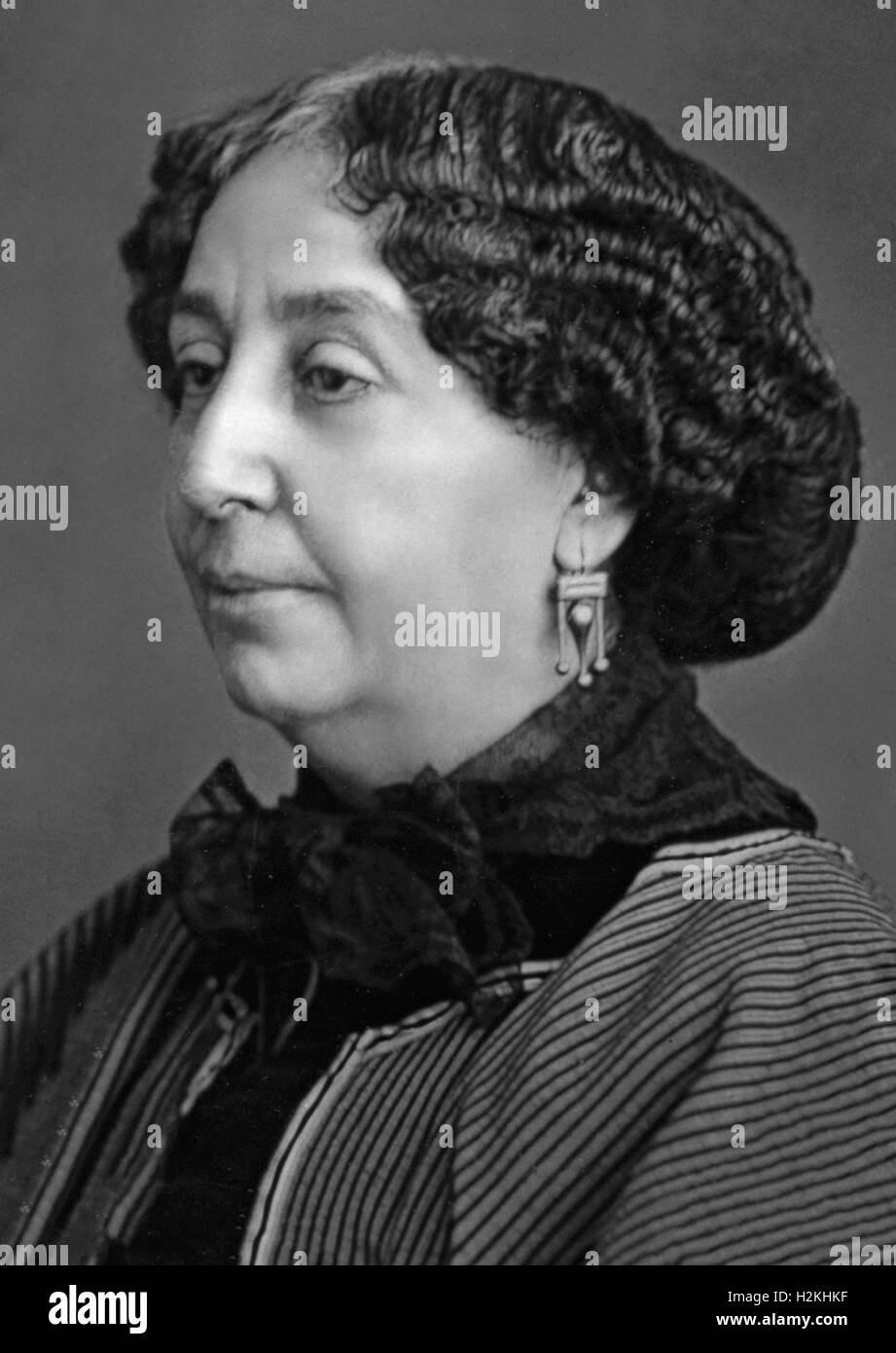
In 1835, she was legally separated from Dudevant and took custody of their children. In early 1831, she left her husband and entered upon a four- or five-year period of "romantic rebellion". In 1825, she had an intense but perhaps platonic affair with the young lawyer Aurélien de Sèze. She and Dudevant had two children: Maurice and Solange (1828–1899). In 1822, at the age of eighteen, Sand married (François) Casimir Dudevant, an out-of-wedlock son of Baron Jean-François Dudevant.

I entertain a high regard for all my colleagues, but it is not my place to decide whether she is my sister or my brother." Notable relationships Victor Hugo commented, "George Sand cannot determine whether she is male or female. Those who found her writing admirable were not bothered by her ambiguous or rebellious public behaviour. While there were many contemporary critics of her comportment, many people accepted her behaviour until they became shocked with the subversive tone of her novels.
Dudevant dupin free#
Also scandalous was Sand's smoking tobacco in public neither peerage nor gentry had yet sanctioned the free indulgence of women in such a habit, especially in public, although Franz Liszt's paramour Marie d'Agoult affected this as well, smoking large cigars.

In addition to being comfortable, Sand's male attire enabled her to circulate more freely in Paris than most of her female contemporaries and gave her increased access to venues that barred women, even those of her social standing. Sand was one of the women who wore men's clothing without a permit, justifying it as being less expensive and far sturdier than the typical dress of a noblewoman at the time. Some women applied for health, occupational, or recreational reasons (e.g., horse riding), but many women chose to wear pants and other traditional male attire in public without receiving a permit. In 1800, the police issued an order requiring women to apply for a permit in order to wear male clothing. Sand was one of many notable 19th-century women who chose to wear male attire in public. Īurore Dupin meeting General Murat in her uniform, illustrated by H. Sand's mother, Sophie-Victoire Delaborde, was a commoner. She was also more distantly related to King Louis Philippe of France through common ancestors from German and Danish ruling families. Her father, Maurice Dupin, was the grandson of the Marshal General of France, Maurice, Comte de Saxe (an out-of-wedlock son of Augustus II the Strong, King of Poland and Elector of Saxony), and a sixth cousin of Kings Louis XVI, Louis XVIII and Charles X of France. Sand inherited the house in 1821 when her grandmother died she used the setting in many of her novels. Print run of 1500.George Sand – known to her friends and family as "Aurore" – was born in Paris and was raised for much of her childhood by her grandmother Marie-Aurore de Saxe, Madame Dupin de Francueil, at her grandmother's house in the village of Nohant, in the French province of Berry.

Single territory for trade global for academic.

Print and/or digital / eBook, including for use in on-line academic databases. Image for Magazines and Journals Book use Image for Website or Social Media Magazines and Journals Web display, social media, apps or blogs. Image for Presentation Website or Social Media Personal presentation use or non-commercial, non-public use within a company or organization only. Not for commercial use, not for public display, not for resale. Personal Prints, Cards, Gifts, Reference.


 0 kommentar(er)
0 kommentar(er)
